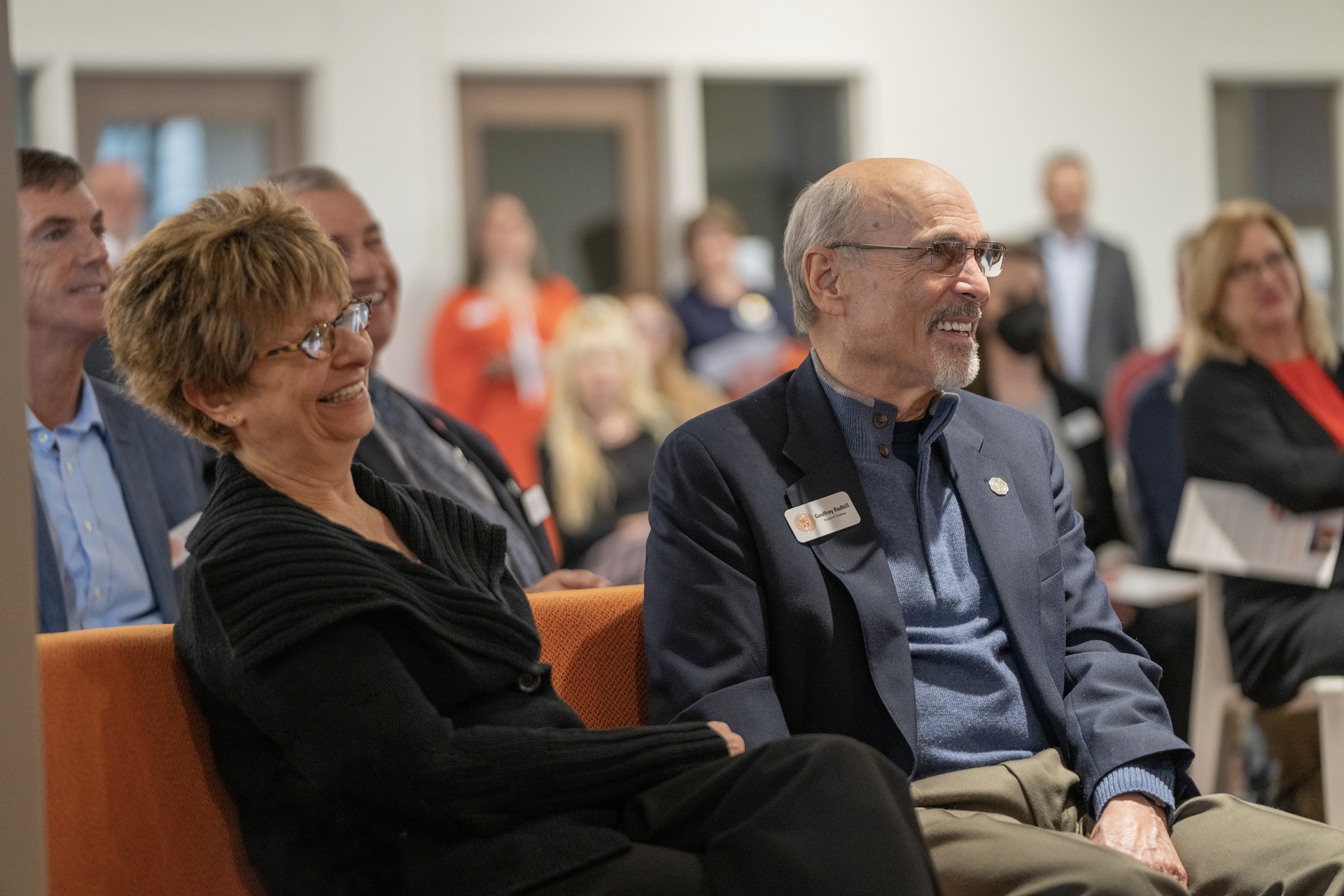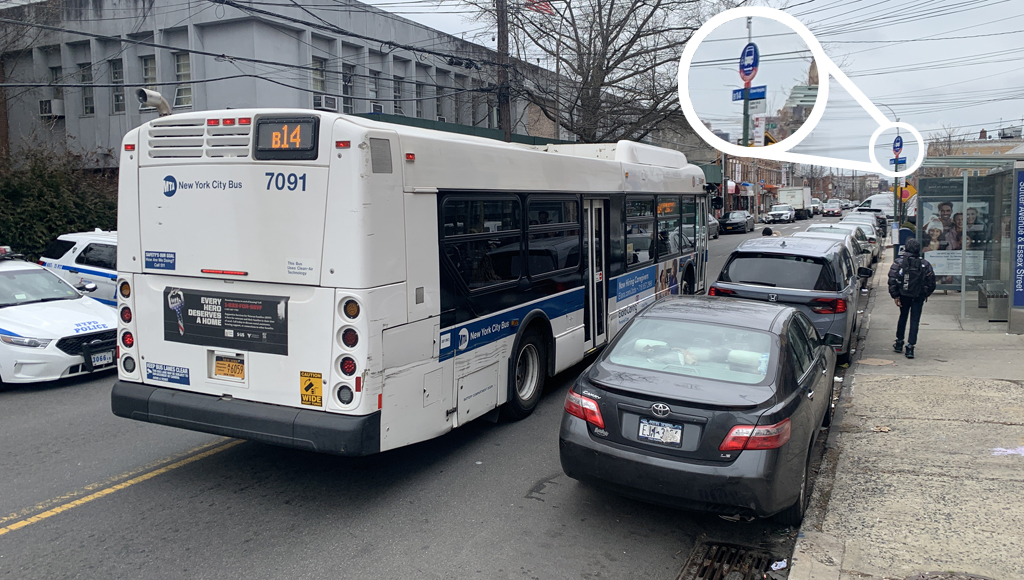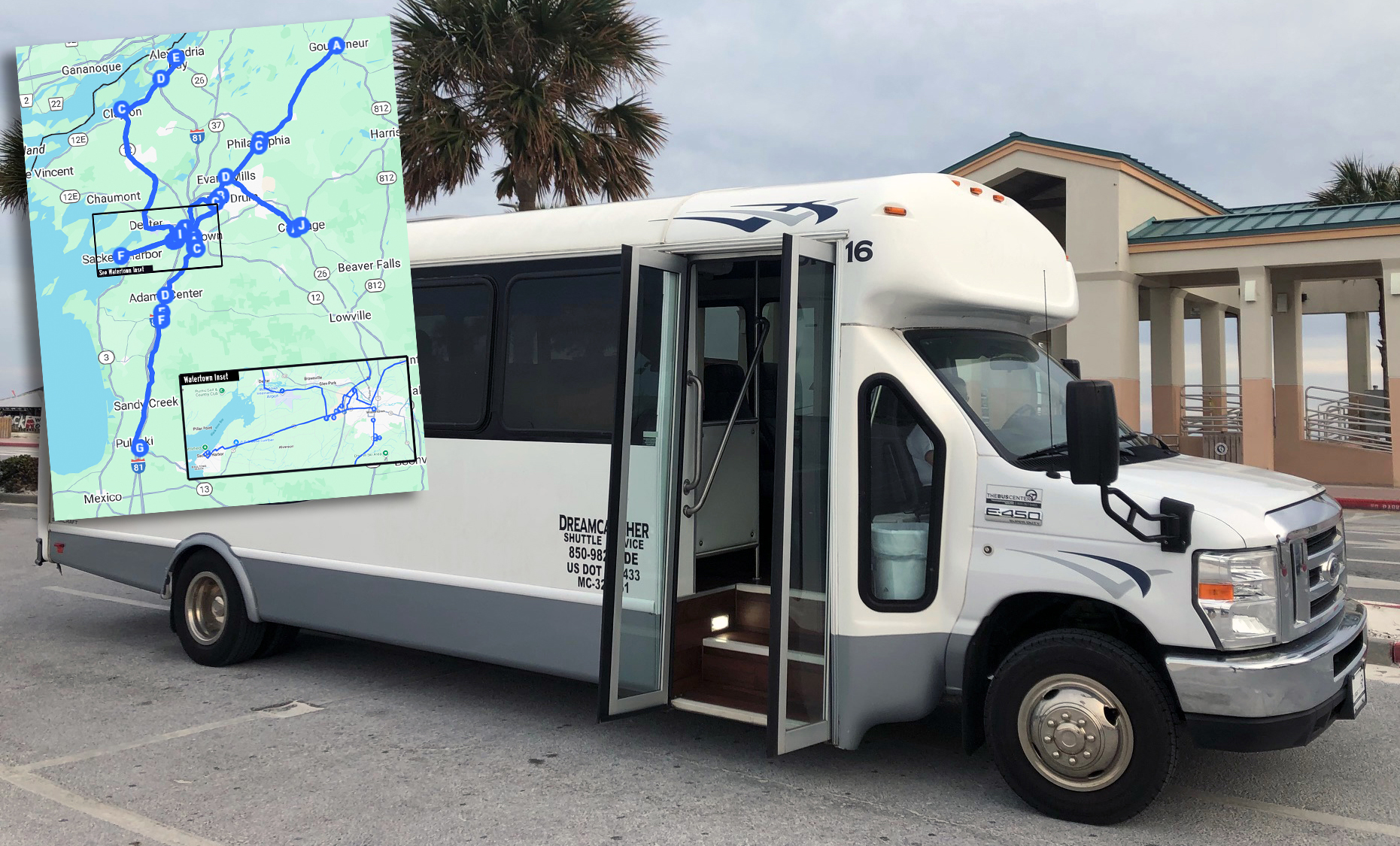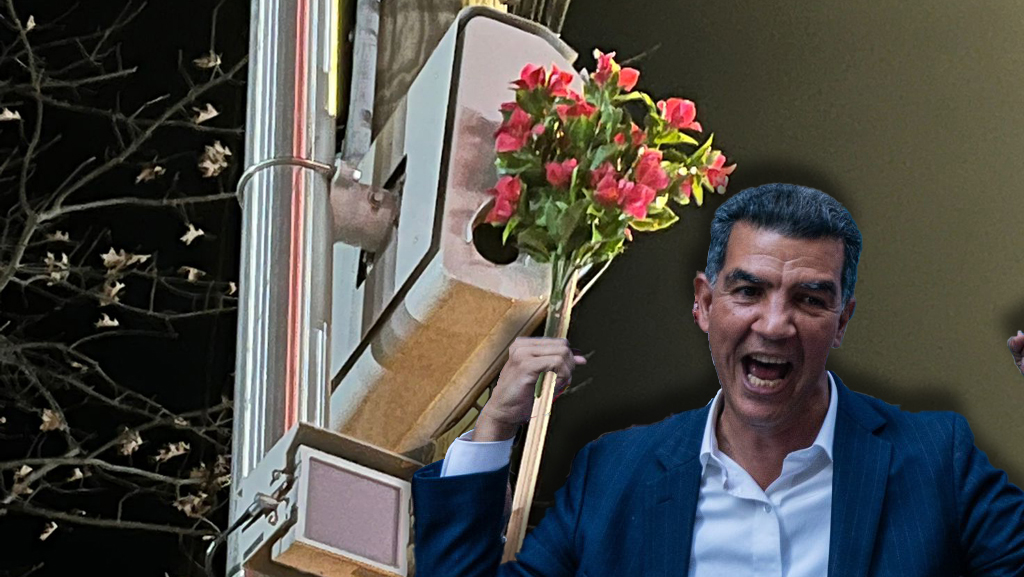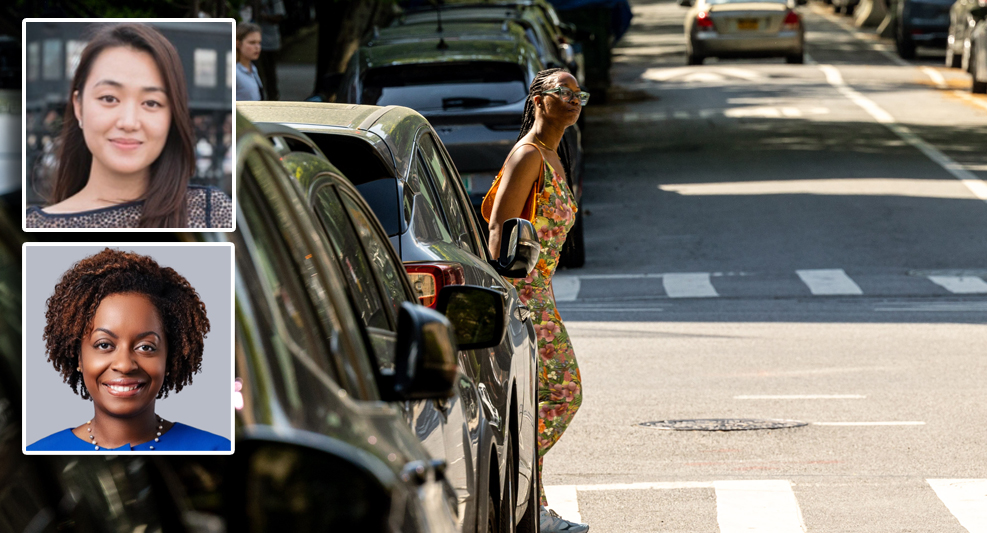
The Cuomo administration keeps finding obstacles to Tappan Zee Bridge transit that don't exist. Chief among them is a phony $5 billion price tag, but there are others as well.
One example is the purported local opposition to running transit on existing streets, rather than in highway medians or on expensive new viaducts. The governor's office has said that "community opposition" to on-street bus rapid transit precludes the construction of more affordable BRT options. But Westchester County Executive Rob Astorino explicitly endorsed on-street BRT on the Brian Lehrer Show yesterday. A spokesperson even offered a favored route. "Community opposition," it seems, is just one more excuse not to pursue Tappan Zee transit.
Though the Cuomo administration has repeatedly invoked a $5 billion price tag for building a 30-mile BRT corridor, much cheaper options are available. The governor's figure includes billions of dollars in highway improvements, many of which are unrelated to transit, and studies only an infrastructure-intensive plan to run BRT on a brand-new elevated busway.
Last month, Streetsblog asked the governor's office why the state wasn't looking at more cost-effective alternatives, including running buses on existing roads on the Westchester side of the bridge. The cheapest option, said Cuomo spokesperson Matt Wing, "proposed having the bus travel through regular streets in Westchester, taking away lanes from cars, with some extra space added in certain areas where the streets weren’t wide enough. Westchester county and the local communities strongly opposed this option." Wing later added that many locals had feared that putting transit on existing surface streets would cause too much congestion.
But on yesterday's radio interview, Astorino contradicted the Cuomo administration's assumptions. "What we're asking for is the basics," the county executive said. "Using sensors, using traffic lights the right way, using dedicated lanes in and out of existing roadways."
Streetsblog confirmed with Astorino spokesperson Phil Oliva that the county was open to using its existing roadways, particularly Route 119, for a new BRT system.
When the state was pursuing Tappan Zee transit, it identified Route 119 as the best on-street route from Tarrytown to White Plains and had begun to generate a detailed, block-by-block alignment. That option, which still included road widenings and even new viaducts in a few locations, would have cost about $1 billion if it extended all the way to Port Chester. Built out to only White Plains, as Astorino proposed, and without the most expensive infrastructure, it could cost significantly less.
No one ever said building a new rapid transit system for the Hudson Valley would be easy. But the Cuomo administration apparently wants it to be much harder than it really is.

